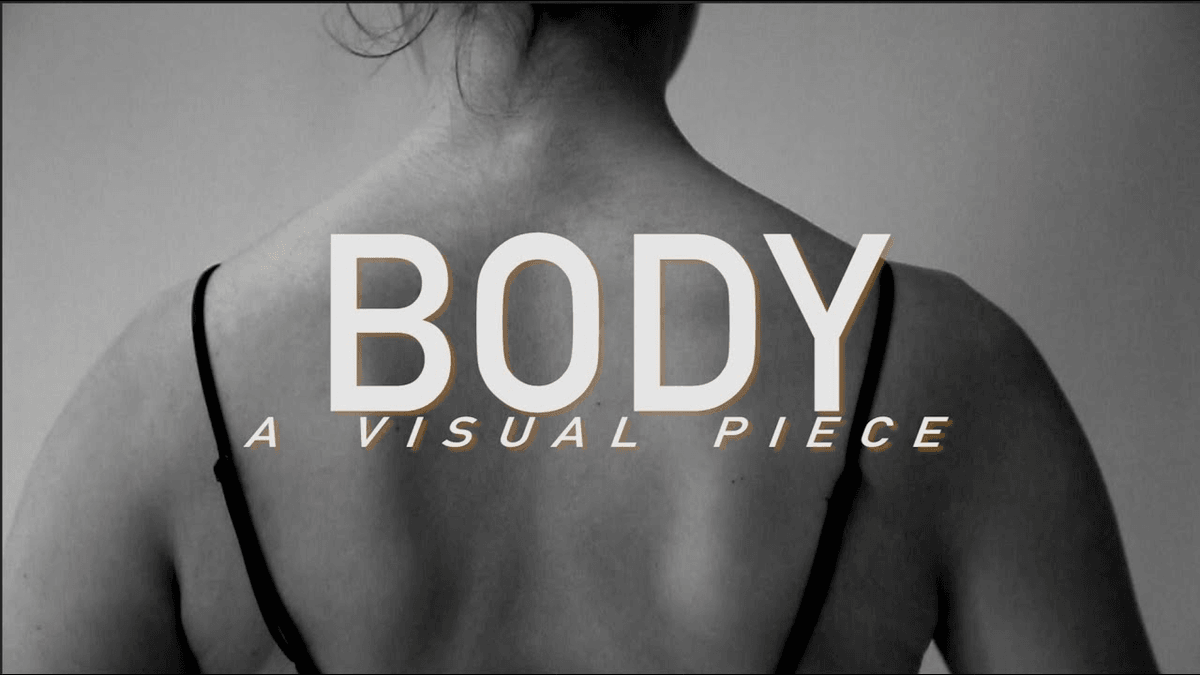The following figure shows an overview of model learning pipeline: registered input example scans (left), initial model with binary skinning weights corresponding to rigid kinematics (middle), optimized model with skinning weights, rest pose vertices and kinematic skeleton compliant to training data (right).
Using an efficient loop, all components of the animatable model are optimized to closely resemble the training data: vertices, kinematic joints and skinning weights. Registered, watertight example meshes of different poses are used as input. To setup a subject-specific model, an automatic and data-driven optimization framework is introduced. As a result, natural appearance is supported for a wide range of complex motions. For increased realism, an artifact-free skinning function is enhanced to support blending the influence of multiple kinematic joints. A skinning based approach is chosen to support efficient realistic animation. Our research is focused on realistic and automatic modeling as well as tracking human body motion. Modeling realistic human models is relatively simple with current modeling software, but modeling an existing real person in detail is still a very cumbersome task.
Photorealistic modeling of human characters in computer graphics is of special interest because it is required an many areas, for example in modern movie- and computer game productions.


